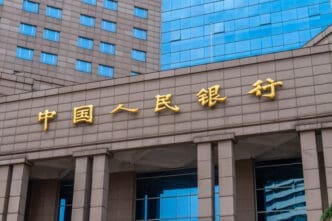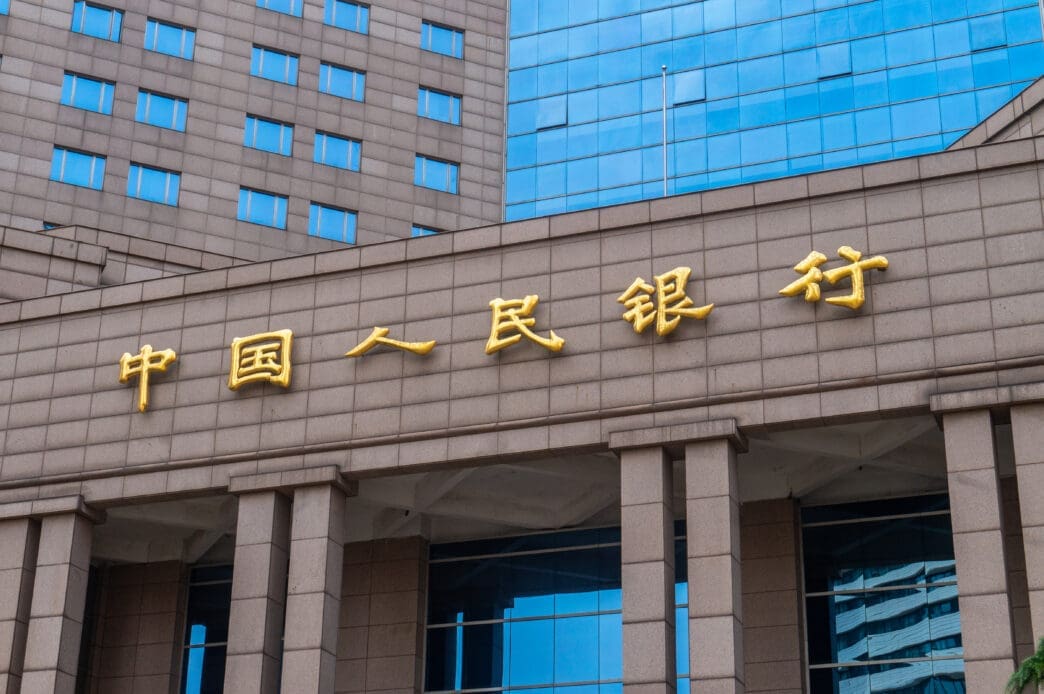Executive Summary
The Story So Far
Why This Matters
Who Thinks What?
China’s central bank is anticipated to ease its monetary policy in the fourth quarter of 2025, according to a recent forecast by Goldman Sachs, as the nation’s economic momentum slows and policymakers face increasing pressure to bolster growth.
The projection includes a 10-basis-point cut to the policy rate and a 50-basis-point reduction in the reserve requirement ratio. These measures are expected to be implemented as China’s year-on-year growth is projected to slow sharply towards 4 percent, compared to a higher base from the previous year.
However, Goldman Sachs analysts noted that the People’s Bank of China (PBOC) operates on a data-dependent decision-making process. This leaves open the possibility of no policy action if the country’s full-year economic growth remains on track to meet its “around 5 percent” target.
Recent PBOC Stance
This forecast follows the PBOC’s third-quarter Monetary Policy Committee meeting, held earlier in the week. During this meeting, officials maintained a dovish bias, suggesting a leaning towards accommodative policies, but provided few new signals regarding immediate action.
In a subsequent meeting note, the PBOC emphasized the need to “better implement an appropriately loose monetary policy.” The central bank also called for strengthening countercyclical adjustments and leveraging both the aggregate and structural functions of monetary policy tools.
Goldman Sachs analysts observed a subtle shift in the PBOC’s language regarding the economy. The central bank replaced its prior description of the economy “showing positive momentum” with the phrase “making strides while maintaining stability.” This latter phrasing, last used in the first quarter, suggests a more cautious outlook from policymakers.
Outlook
The potential for monetary easing underscores the ongoing challenges China faces in sustaining its economic recovery. The PBOC’s future actions will largely hinge on incoming economic data and its assessment of whether current growth trajectories align with official targets.








